
Students will have an in-depth veiw of Patriots vs. Loyalists in the fight for Independence.
- Subject:
- U.S. History
- Material Type:
- Lesson Plan
- Author:
- Thomas Pankey
- Date Added:
- 02/28/2017

Students will have an in-depth veiw of Patriots vs. Loyalists in the fight for Independence.
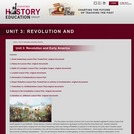
The Revolution and Early America Unit covers the standard eighteenth century topics that would appear in any textbook. These lessons, however, will push students to dig deeper as they read the documents and develop historical arguments about topics ranging from the Great Awakening (why was George Whitefield so popular?) to the Stamp Act (why were Colonists upset about the Stamp Act?) to the Constitution (why did the Founding Fathers keep slavery in the Constitution?). Each lesson offers primary documents that promote conflicting interpretations. The unit will introduce students to historiography, as they contrast Bernard Bailyn's interpretaton of the Declaration of Independence to Howard Zinn's account. These lessons will emphasize the historical reading skills students will practice all year.
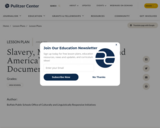
In this lesson students will read to understand how Black and Brown men are currently incarcerated in America at a much higher level than any other demographic. Students will evaluate the relationship between slavery and the current criminal-justice system. They will close read two anchor texts from the New York Times 's 1619 Project, i.e., an excerpt from the article “Slavery Gave America…” and an excerpt from the article "The Idea of America." Using these texts, other visuals, and a video as their background knowledge resource bank, students will write to make and support a claim about mass incarceration and the ways in which this practice, much like slavery, significantly conflicts with America’s foundational ideas such as “all men are created equal.”
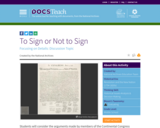
Students will consider the arguments made by members of the Continental Congress regarding whether or not to sign the Declaration of Independence. They will also have the opportunity to analyze each section of the Declaration to understand its meaning and consider the consequences of signing the document.
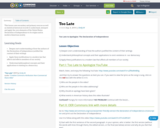
This lesson uses secondary and primary sources as well as statistical historical records to understand, interpret and apply the core elements of the United States Declaration of Independence to its origins and in modern American society.
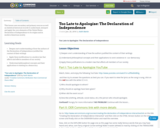
This lesson uses secondary and primary sources as well as statistical historical records to understand, interpret and apply the core elements of the United States Declaration of Independence to its origins and in modern American society.
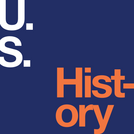
U.S. History is designed to meet the scope and sequence requirements of most introductory courses. The text provides a balanced approach to U.S. history, considering the people, events, and ideas that have shaped the United States from both the top down (politics, economics, diplomacy) and bottom up (eyewitness accounts, lived experience). U.S. History covers key forces that form the American experience, with particular attention to issues of race, class, and gender.Senior Contributing AuthorsP. Scott Corbett, Ventura CollegeVolker Janssen, California State University, FullertonJohn M. Lund, Keene State CollegeTodd Pfannestiel, Clarion UniversityPaul Vickery, Oral Roberts UniversitySylvie Waskiewicz


U.S. History is designed for a two-semester American history sequence. It is traditional in coverage, following a roughly chronological outline, and using a balanced approach that includes political, economic, social, and cultural developments. At the same time, the book includes a number of innovative and interactive features designed to enhance student learning. Instructors can also customize the book, adapting it to the approach that works best in their classroom.

The "Future Ready" content focuses on civics and the United States Constitution. It explains the Constitution's purpose and how it was ratified. The objectives are to teach about power distribution between national and state governments, principles of the American constitutional federal republic, the role of law in the political system, government institutions created during the Revolution, and different levels of government in the US.Key terms related to the Constitution are highlighted, such as amendments, bicameral legislature, Bill of Rights, checks and balances, Declaration of Independence, federalism, Preamble, separation of powers, and unalienable rights.The content emphasizes the Constitution as the highest law and the relationship between the federal government and states. The Bill of Rights, the first ten amendments, is explained along with specific rights and protections. Important amendments like the Fourth, Fifth, Sixth, Ninth, and Tenth are described.The passage also covers the separation of powers and checks and balances in the American government to prevent any one branch from becoming too powerful. It concludes with questions to test understanding, including the purpose of the Preamble, the meaning of domestic tranquility, the provision for common defense, and the importance of the separation of powers.

Once a vision for the United States of America, crafted by our founding fathers, the Declaration of Independence is preserved as living proof of our history at the National Archives and Records Administration. Join a group of middle schoolers on a tour of Washington, D.C. as they learn about this document and others and what it means to be “We the People.” The “We the People” videos are produced in collaboration with the U.S. Capitol Historical Society.